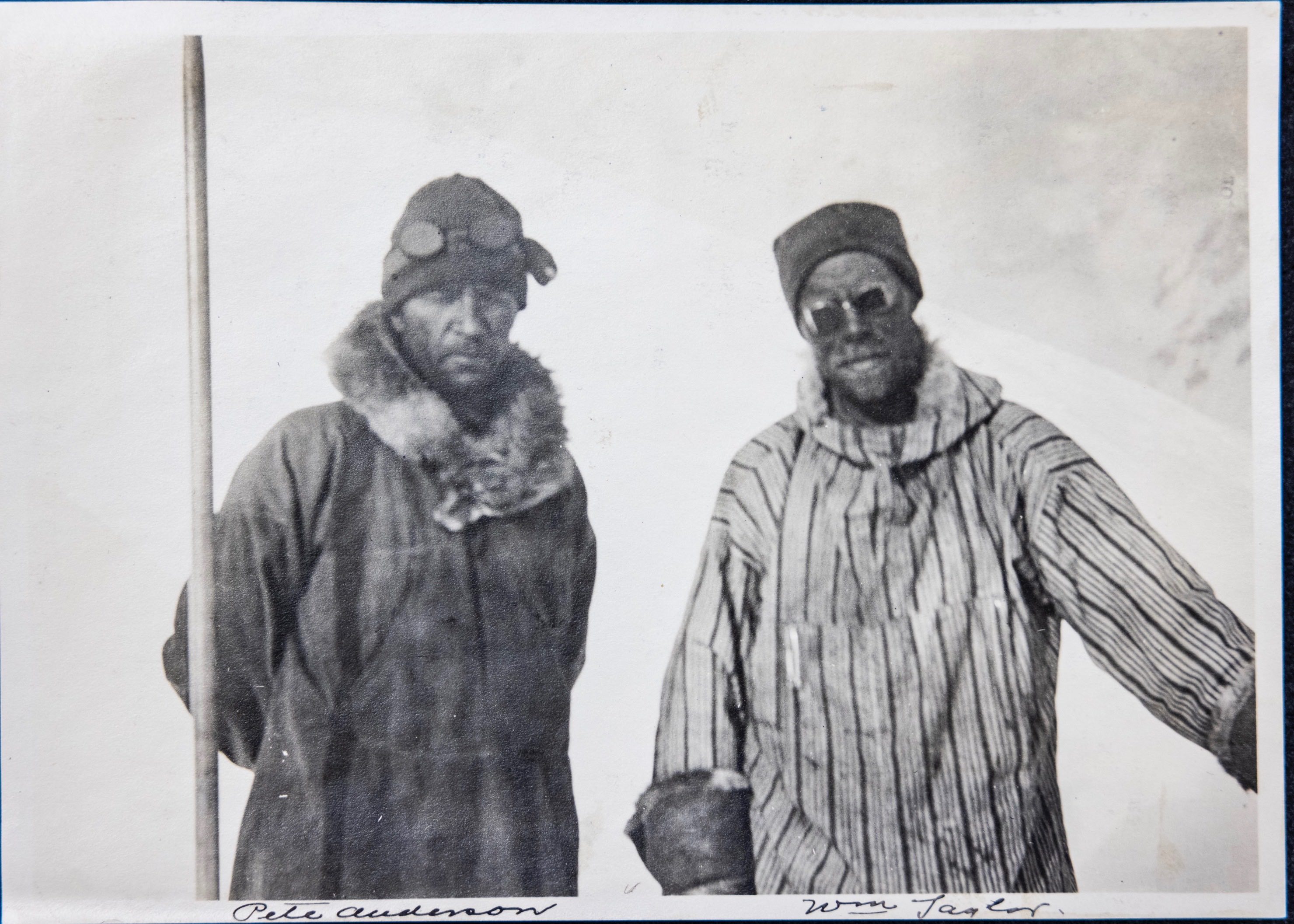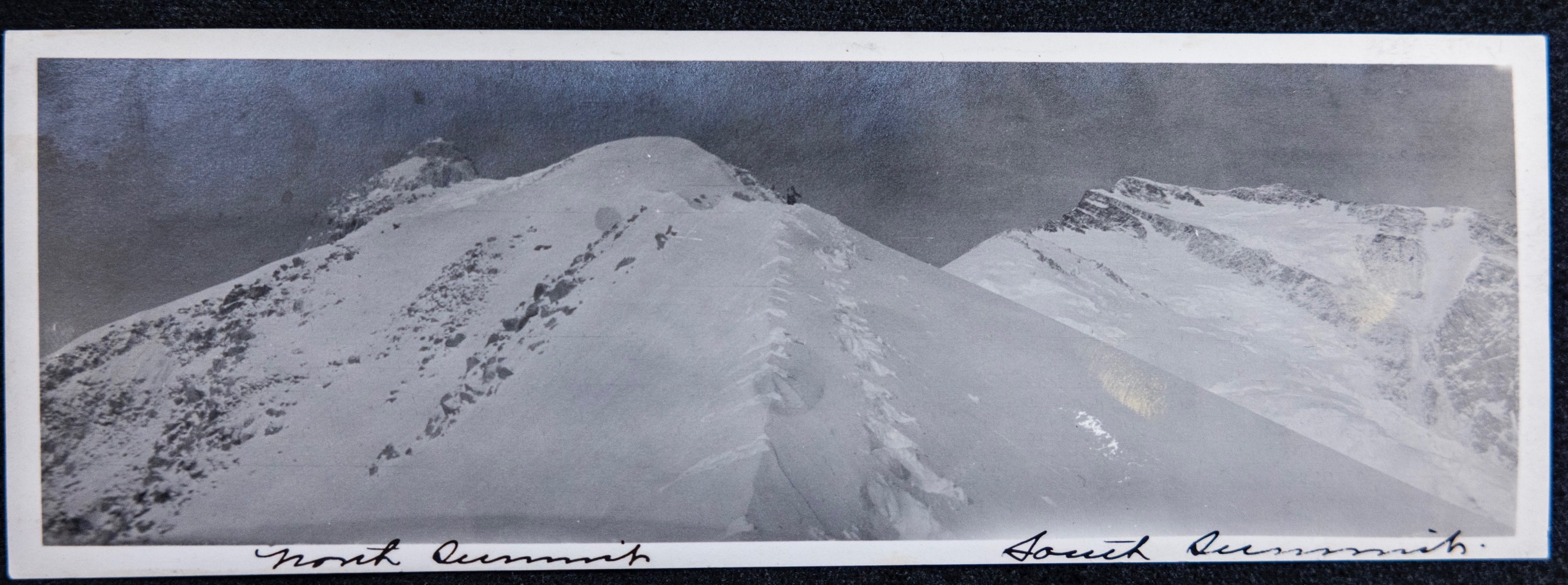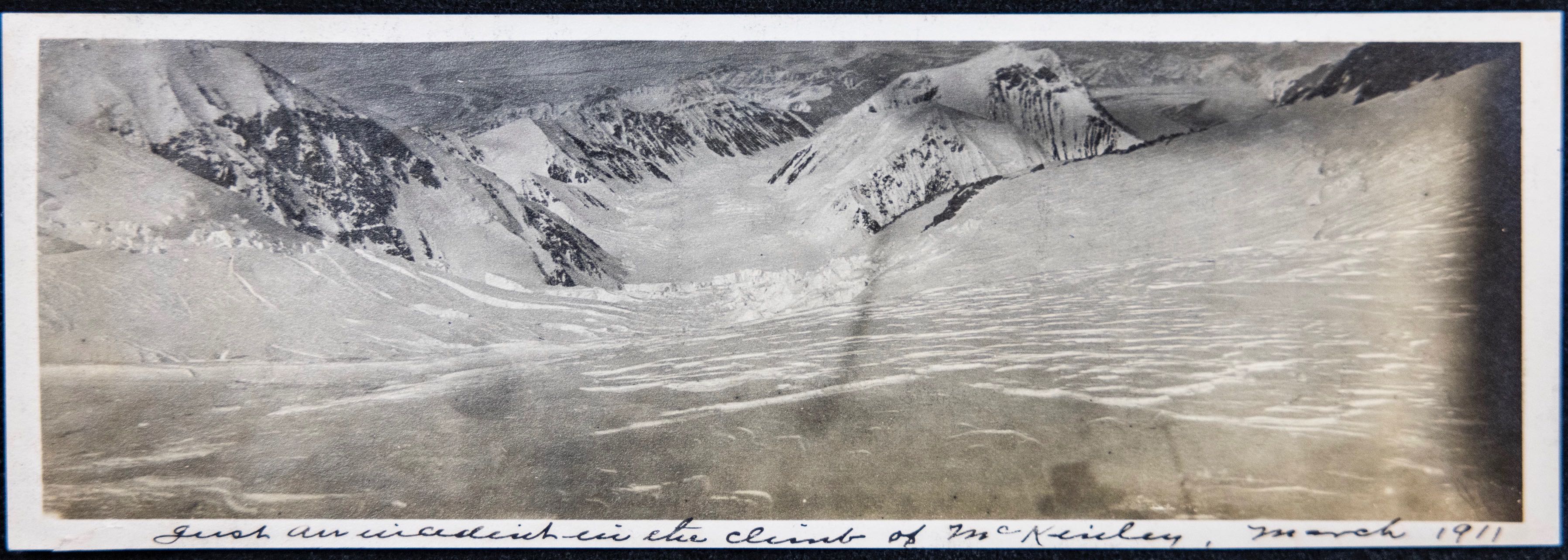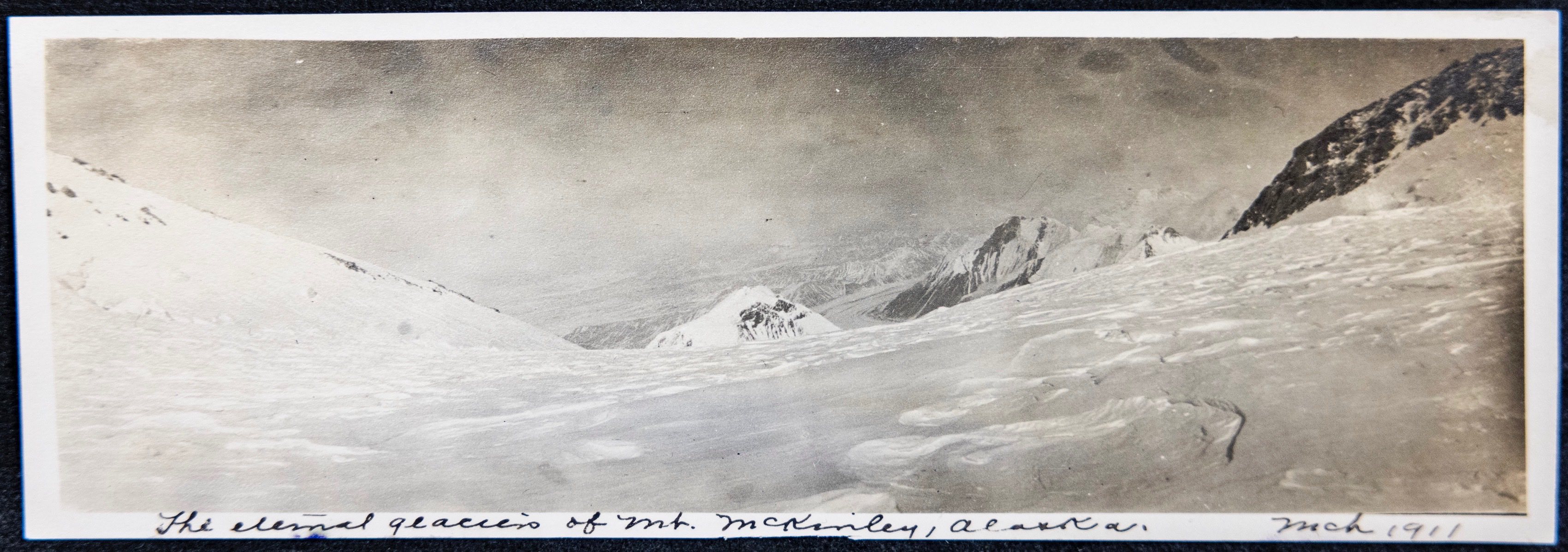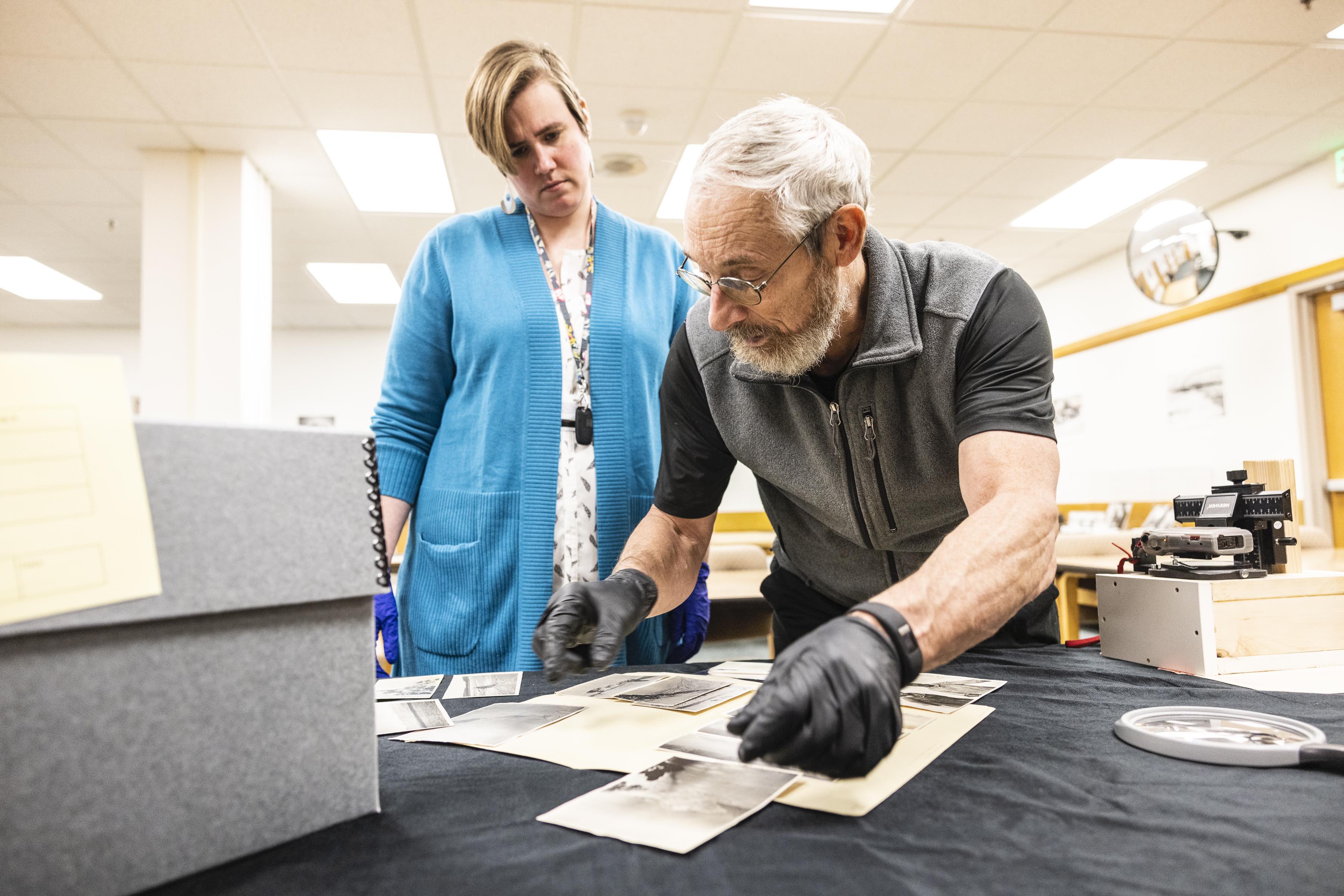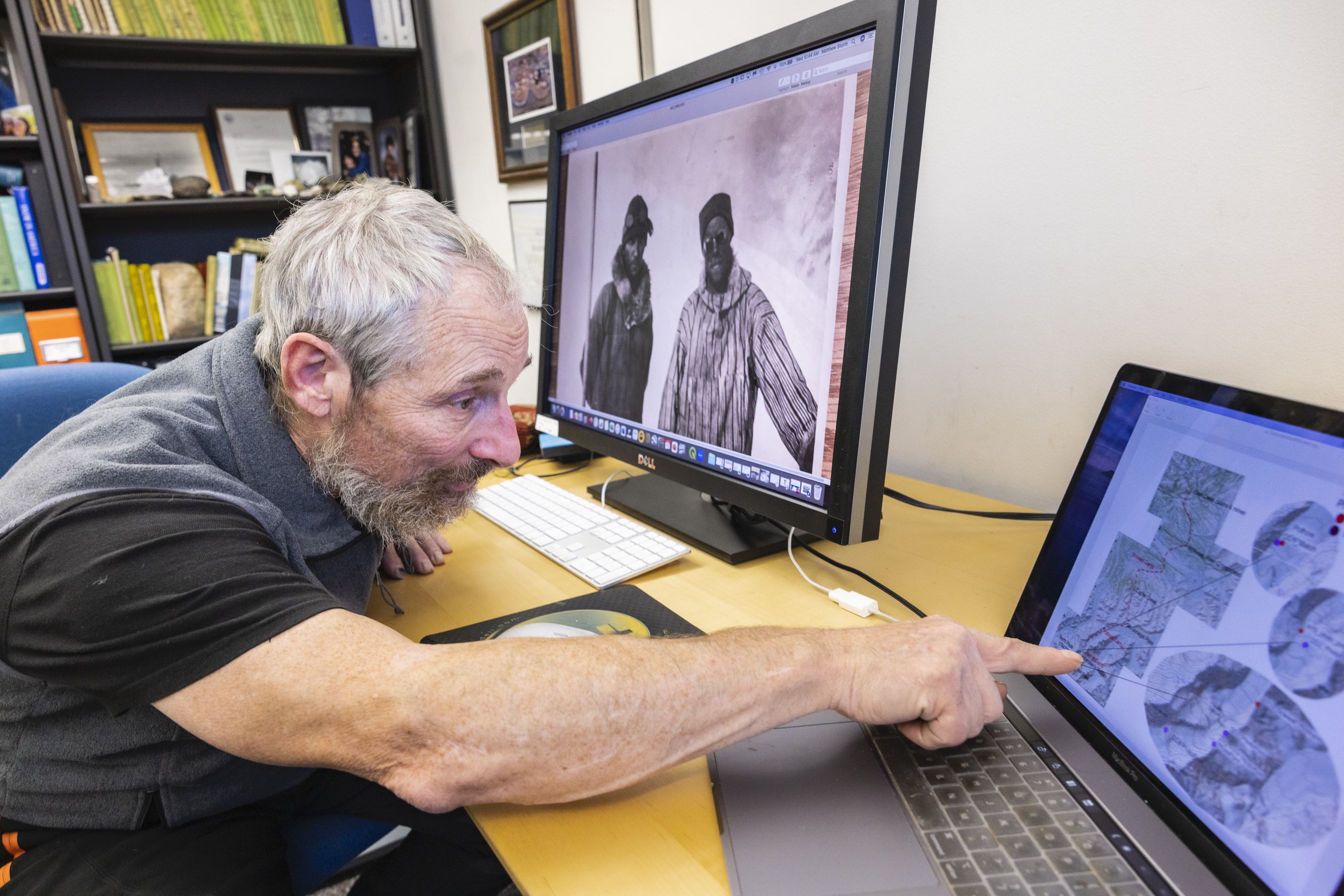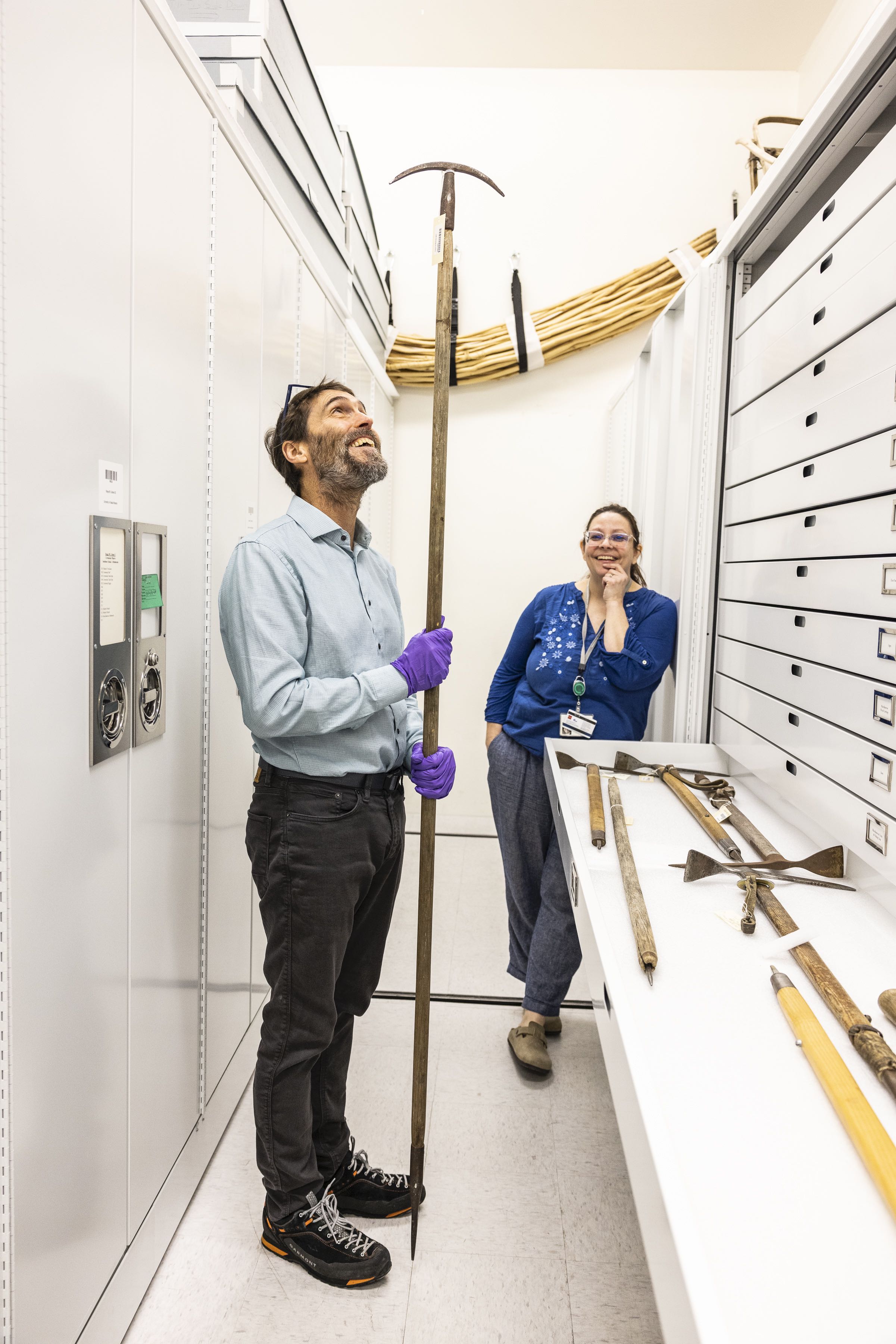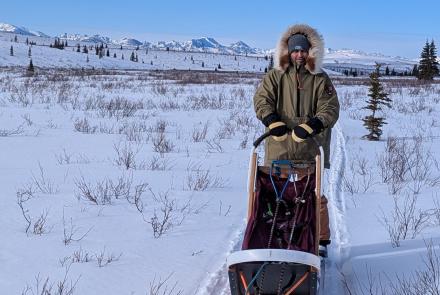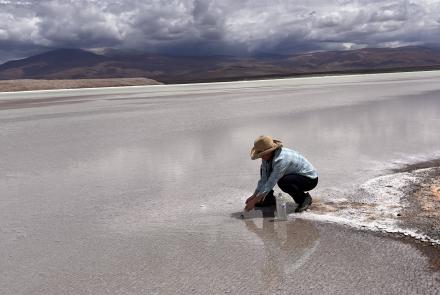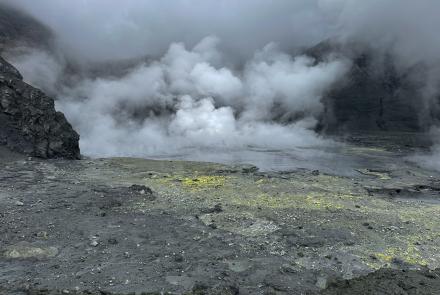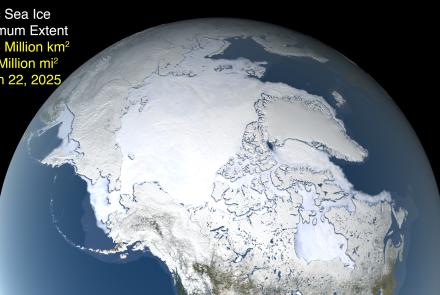An unexpected find in a University of Alaska Fairbanks archive has revealed more information about the oft-debated April 1910 Sourdough Expedition climb of Denali, North America’s highest mountain.
Photographs found by UAF Geophysical Institute professor Matthew Sturm in the university’s Rasmuson Library archives in October show the climbing party at about 16,500 feet — far higher on the 20,310-foot mountain than previously seen.
“The photographs took my breath away. We have never seen pictures of these men climbing,” Sturm said. “This is photographic evidence that we’ve never had before.”
The New York Times on June 5, 1910, carried three full pages about the climb under the headline “First account of conquering Mount McKinley” and included a photograph made at about 11,000 feet. Other photographs were from lower elevations and included a fake photo created to illustrate the summit.
The Times coverage included a lengthy overview story by Fairbanks Daily News-Miner Editor W.F. Thompson and a separate detailed account of the ascent told by climb organizer Tom Lloyd. The News-Miner had been a big booster of the summit claims.
Within weeks of the Times story, however, the climb was largely discredited as hoax and remained so until 1918 when Hudson Stuck published his book on his successful 1913 ascent of the south — and higher — summit.
The sourdoughs — Lloyd, Pete Anderson, Charlie McGonagal and Billy Taylor — didn’t know at the time that the North Peak is about 850 feet lower than the South Peak. The 1910 Sourdough Expedition climb is believed to be the first to summit either peak.
The archive photographs and Sturm’s additional research in the diaries of the Stuck party support the claim by Sourdough Expedition members that they indeed planted a flag on the North Peak in 1910. All of Stuck’s team saw the 14-foot spruce flagpole three years after it was erected.
Sturm and climbing partner Philip Marshall used maps and digital software to locate where each of the photographs in the Times story and the newly discovered photographs were taken.
Sturm, a climber himself with some experience on Denali and extensive knowledge about the mountain’s climbing history, found the photographs while conducting unrelated research in the donated family collection of Dorothy Jean Ray, daughter of a woman who came to Alaska in the gold rushes of 1897 through 1903. Ray acquired the photographs upon the death of her mother, who was editor of another Fairbanks newspaper and a friend of Taylor’s.
Sturm noticed a reference to a climb on the collection contents list. A folder inside the file box read, “Taylor-Peterson McKinley Climb, March 1911.”
There was no 1911 climb, so Sturm knew the folder could only be a trove of mislabeled photographs of the 1910 Sourdough Expedition, which occurred in the first week of April that year.
The folder contains pictures of the climbers en route, a unique alpenstock climbing staff carried by Anderson and the flagpole. The folder also holds several scenic photos.
One photograph shows a climber and his tracks heading upward below Browne Tower on what today is named Karstens Ridge, a well-known segment of a popular route to the true summit. It is named for Harry Karstens, the guide on Stuck’s successful 1913 climb and later the first superintendent of Mount McKinley National Park, now Denali National Park and Preserve.
“It's 1910 and nobody has ever been up that ridge,” Sturm said, “so it really ought to be called Taylor's Ridge or something, because the first guys who go up that ridge are these guys. They are at 13,000 feet in this photo.”
At this point on the mountain, the climbing party consisted only of Anderson, McGonagal and Taylor. Lloyd descended to a lower camp.
The photograph shows a climber, unidentifiable in the distance, holding a 7-foot alpenstock in his right hand. The stock’s snow indentations can be seen alongside the right of the climber’s footprints.
During his research, Sturm discovered that the University of Alaska Museum of the North has Anderson’s alpenstock from that climb. It was donated early in the museum’s history, marked as item No. 55 in the museum’s vast collections.
“The only climbers ever on Denali with a staff that tall were there in 1910,” Sturm said. “This is one of the Sourdoughs in this photograph.”
The photograph also shows tell-tale diagonal snow indentations from what Sturm said can only be the 14-foot spruce pole. The pole, which would have been strapped across the back of a climber, repeatedly bounced into the snow on the climber’s left.
Another photo looks back down the mountain from about 14,500 feet. Sturm determined from the shadows in this photo that the time was about 4 p.m., too late in the day for the men to reach the summit but light enough for them to climb a little higher and make another photograph.
That higher photograph, also in the folder, is a panorama looking down from the surface of Harper Glacier at about 16,500 feet elevation. No known photograph shows them any higher.
From the photographs and other research, Sturm theorizes the men tried for the summit two days later.
By relating the Times photos and the newly found photos to the correct locations on a map, and using information from a 1939 Taylor interview, Sturm and Marshall reasoned that Taylor, Peterson and McGonagal left camp in the predawn hours from 11,000 feet. McGonagal faltered at some point and was left to wait. Taylor and Peterson continued and planted the 14-foot pole and flag in a rocky area a few hundred feet shy of the frozen and rockless North Peak.
Lloyd returned to Fairbanks later in April, about two months before the other three men, and announced all four climbers had reached the mountain’s “two summits.” He was met with local skepticism, however, because he had no summit photographs and was not physically fit for climbing.
The other climbers remained at Kantishna, working their mining claims, and didn’t return to Fairbanks until June — after the exaggerated claims of the New York Times story had been published.
Questions about the Sourdough Expedition have persisted for more than a century. Photos and research by Sturm add to the story.
“What has emerged is a better, richer, more human story about these men and their climb,” Sturm said.








